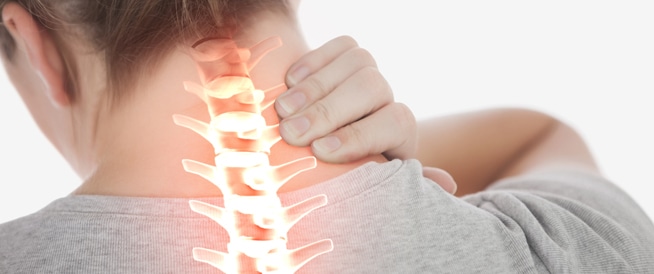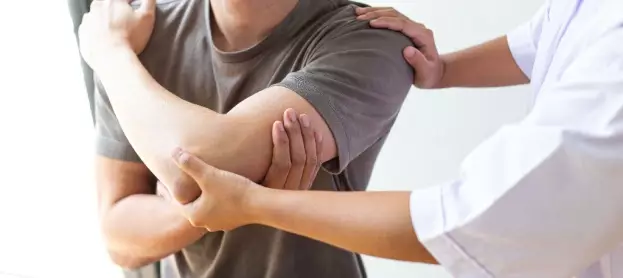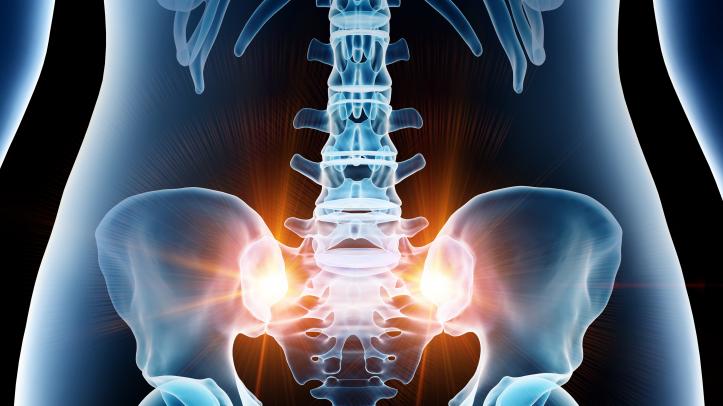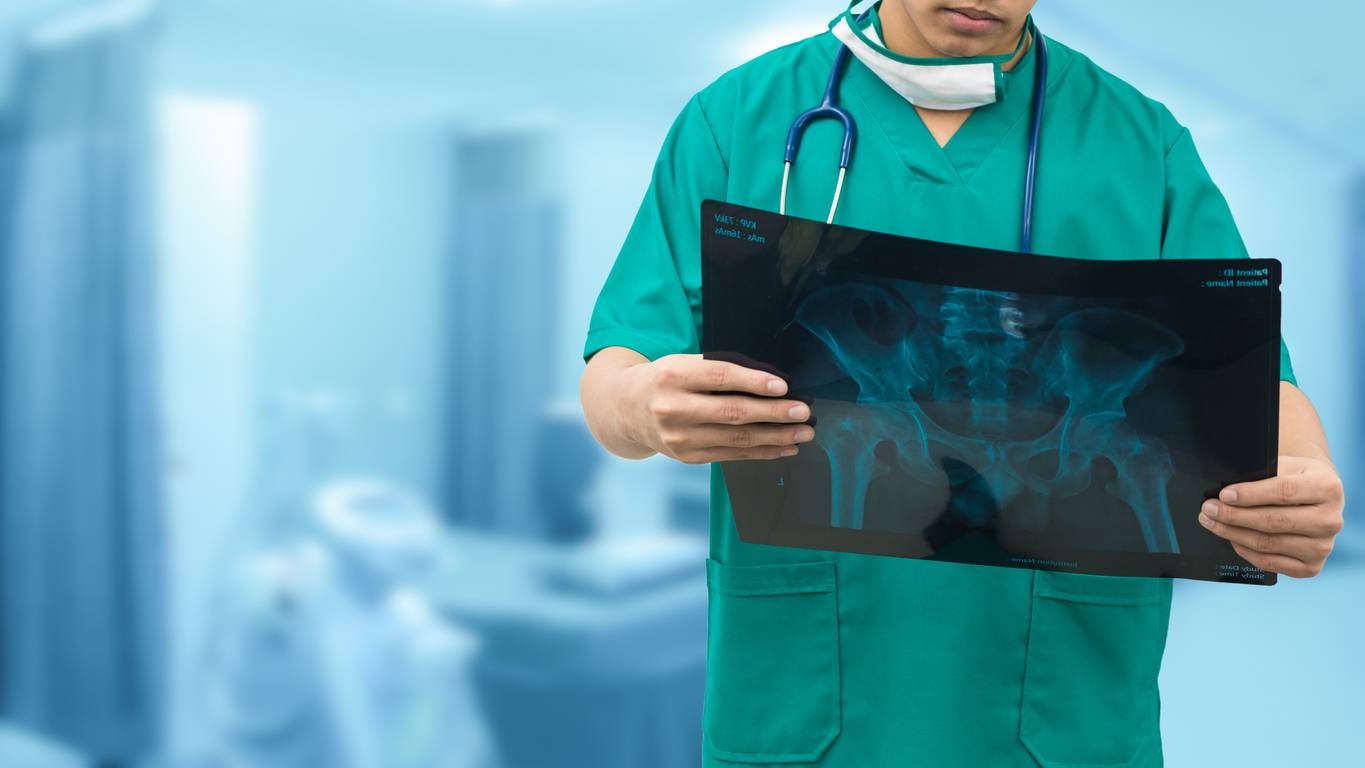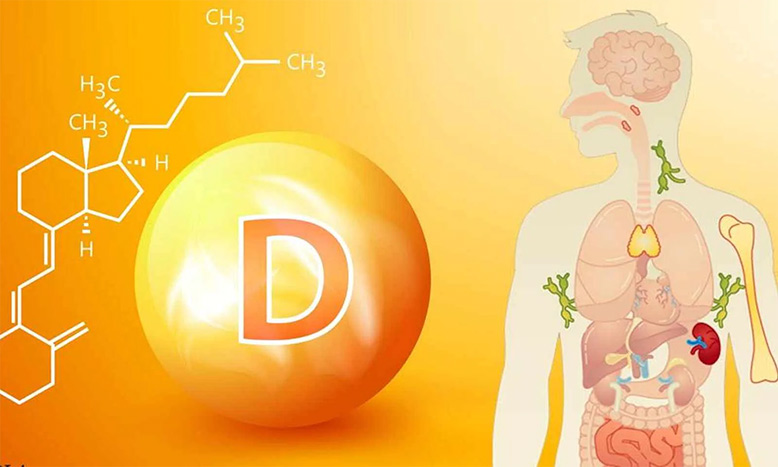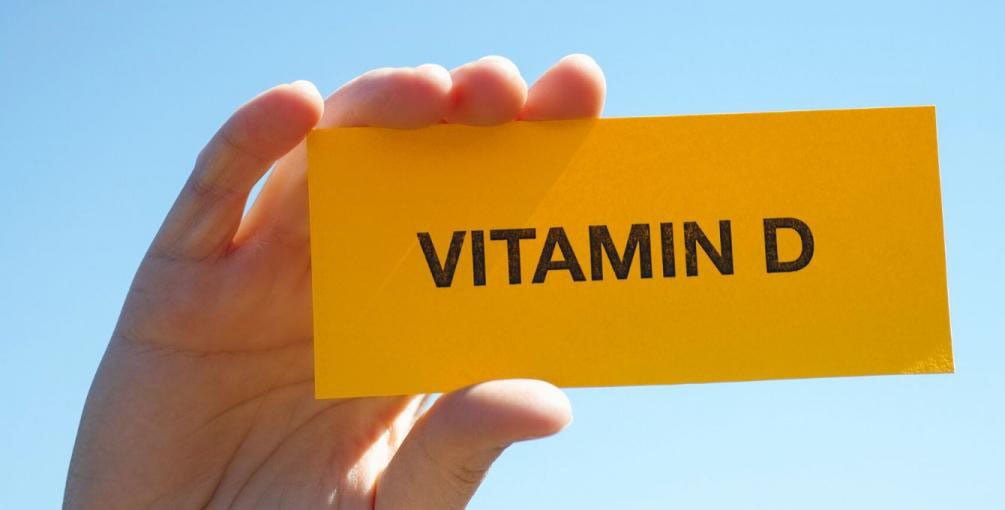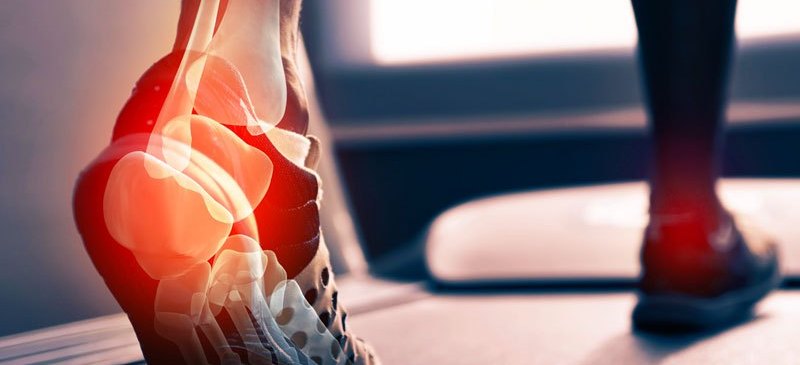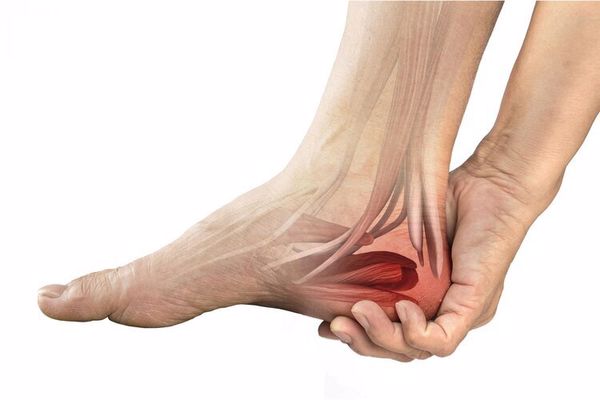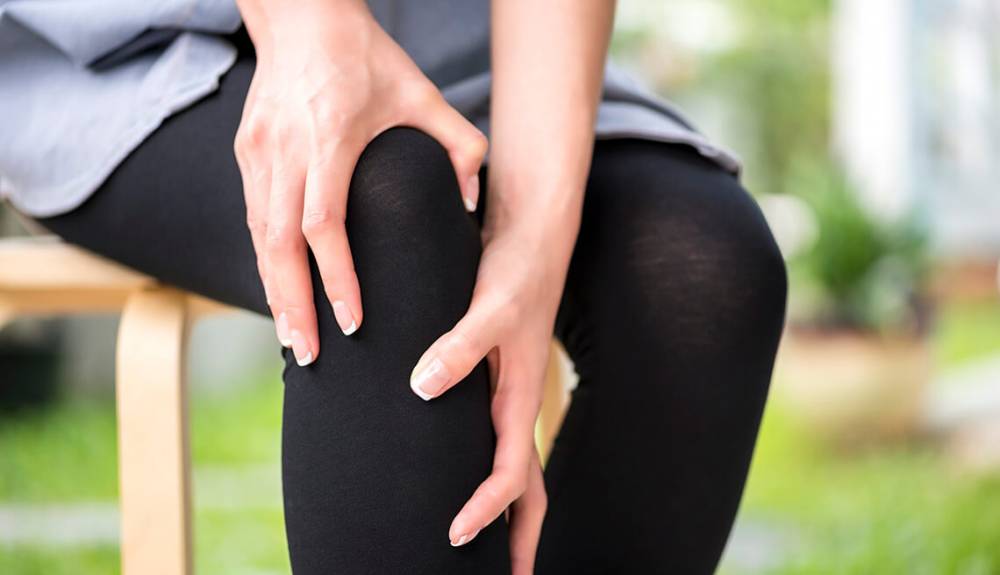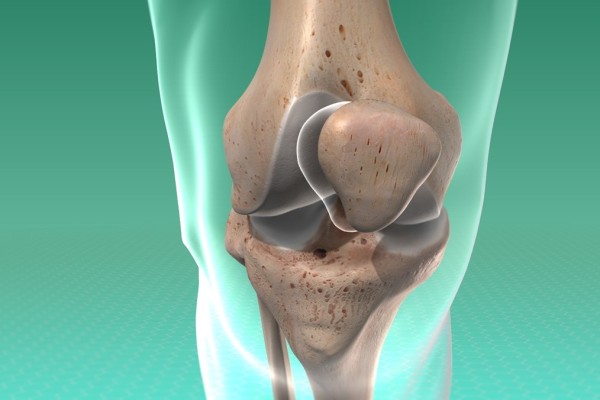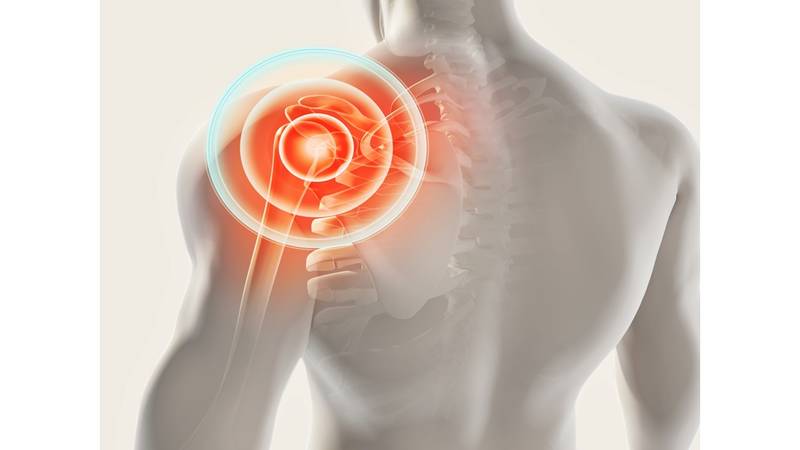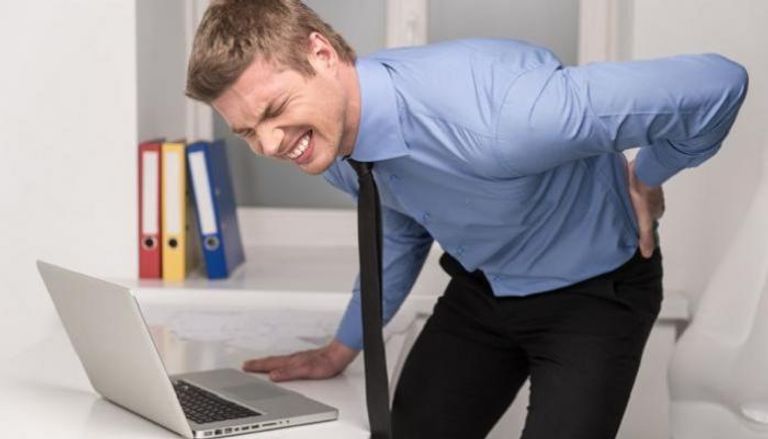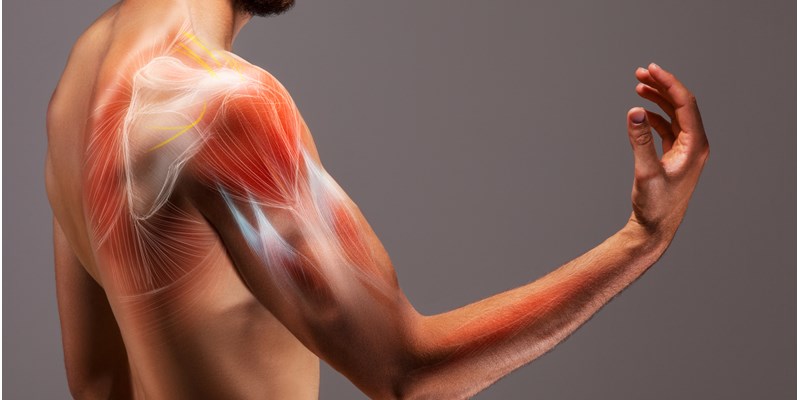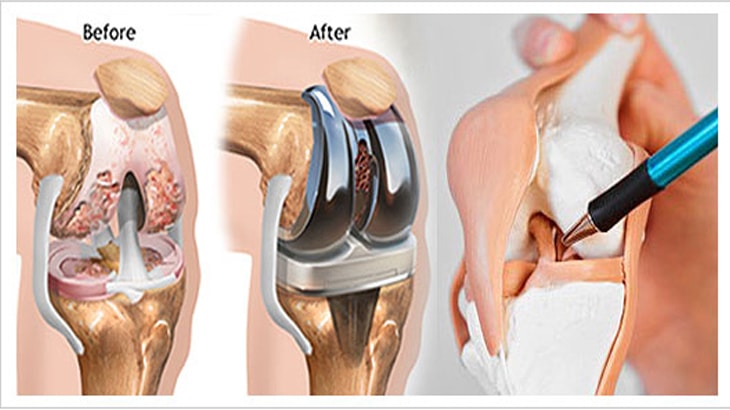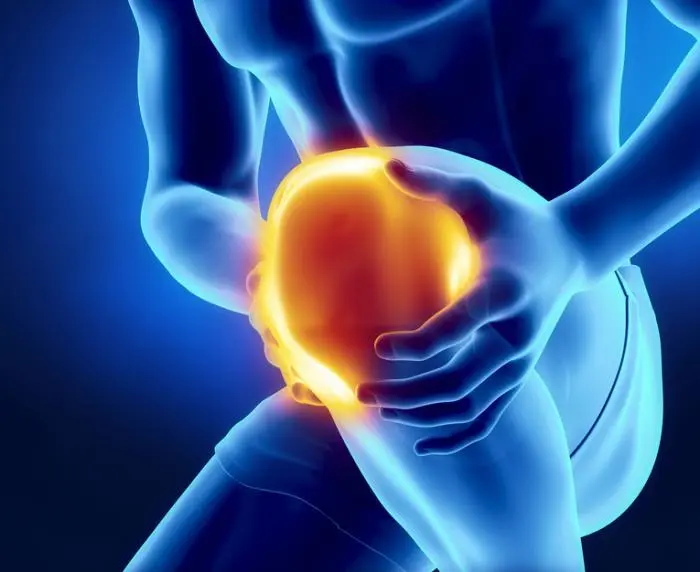What is the treatment for cervical disc herniation? And is it possible to recover from it without surgery?
Cervical Disc Herniation Treatment
Cervical disc herniation is a painful health issue that many people suffer from. Although surgery may be necessary in some severe cases, there are non-surgical methods to treat this condition that can be effective in alleviating pain and improving the situation without the need for surgery. This list will review 5 non-surgical ways to treat cervical disc herniation:
- Rest and avoiding painful movements: Reducing the pressure on the cervical disc is one of the most important steps in improving the condition. Patients should avoid heavy movements and strains that might increase neck pain. It’s advised to provide an opportunity for the muscles and tissues to heal by resting and avoiding strenuous activities.
- Improving sitting and sleeping posture: Pain can be reduced and pressure on the cervical disc can be alleviated by improving sitting and sleeping postures. Patients should choose comfortable and supportive pillows for the neck and pay attention to correct sitting and sleeping postures to reduce pressure on the neck and cervical vertebrae.
- Physical therapy and muscle strengthening: Physical therapy can be effective in reducing pain and improving neck movement. Special exercises are used to strengthen the muscles surrounding the neck and enhance their flexibility. Physical therapy can also help in promoting neuromuscular re-education and improving the functions of the nervous system.
- Drug therapy: Doctors may prescribe certain medications that can contribute to improving the patient’s condition and alleviating the pain associated with cervical disc herniation. These medications include pain relievers and non-steroidal anti-inflammatory drugs that can help reduce inflammation and relieve pain.
- Heat and cold therapy: Heating and cooling can be used to alleviate pain and swelling associated with cervical disc herniation. Ice packs or heat sources such as hot water bottles or heat packs can be used to relieve pain and stimulate the healing process.
Necessary medical consultation: It is important to consult a doctor if the symptoms do not improve or worsen despite non-surgical efforts. Individuals with cervical disc herniation should remain under the care of specialized doctors and adhere to medical guidelines to ensure the best therapeutic results.
Does Physical Therapy Treat Neck Disc Problems?
Cervical disc injuries and neck disc problems are challenging for those who suffer from them. These injuries result from excessive stress on the spine due to lifting heavy objects, performing sudden movements incorrectly, or stretching in a wrong position for extended periods. This leads to pain, which is felt in the neck, headaches, and sensations of numbness and weakness in the limbs.
Is physical therapy effective in treating neck disc issues? This question arises in the minds of many. Here we review some information about this type of treatment and its effectiveness in treating neck disc problems.
Many scientific studies carry evidence of the effectiveness of physical therapy in relieving pain and improving the condition of the cervical disc. The aim of physical therapy is to strengthen the muscles of the neck and improve the movement of the vertebrae, thereby reducing pain and numbness and enhancing the patient’s daily functions.
So, what are the key exercises that those suffering from neck disc problems can follow as part of physical therapy?
- Kinetic Rehabilitation Exercises: These exercises include stretching, gentle movement, and improving the strength of the muscles around the neck.
- Manual Therapy Exercises: The physical therapist uses various manual therapy techniques to improve neck flexibility and movement and alleviate pain.
- Posture Improvement Exercises: These exercises help stabilize and guide the neck in correct positions during sleep, sitting, and other daily activities.
- Muscle Strengthening Exercises: These exercises work on strengthening the neck muscles to reduce the continuous tension on the vertebrae.
It’s important that physical therapy exercises are performed under the supervision of a physical therapy specialist, who will provide a customized program for the patient based on their health condition, pain level, and physical ability.
Additionally, physical therapy is a safe and non-surgical way to treat neck disc problems. However, repeated visits to the physical therapist and continuing exercises at home may be necessary to achieve desired results.
In conclusion, physical therapy can be effective in treating neck disc problems, alleviating pain, and improving the patient’s condition. With the patient’s commitment and following the appropriate program, physical therapy can help enhance the quality of life and restore the neck’s normal functions. However, patients should consult their doctor before starting any physical therapy program to ensure it is suitable and safe for their specific health condition.
How to Relieve Neck Disc Pain?
Neck disc pain is a common condition causing discomfort and tension in the neck and shoulders. To reduce this pain and improve neck health, there are several exercises and treatments that you can perform at home. In this article, we will share the best methods to alleviate neck disc pain.
- Neck Stretching Exercises:
- Lie on your back with your upper back resting on a flat surface or mattress.
- Slowly move your head, tucking your chin in to stretch your neck.
- Then rotate your head to the right side and then the left side.
- Next, extend your head forward and move it up and down slowly.
- Ensure these exercises are done gently without exerting any pressure on the neck.
- Warm up the neck using warm water or massage ointment to relax the tightened muscles.
- Neck Strengthening Exercises:
- Sit on a straight chair and keep your back against the back of the chair.
- Keep your posture upright and slowly move your head forward and back.
- Then rotate your head to the right side and then the left side.
- Remember to continue breathing correctly while performing the exercises.
- Natural Treatments: There are several natural treatments that can relieve pain associated with neck disc, such as:
- Heat therapy: Use a heat source, like electric blankets or warm covers, to warm up the neck and alleviate pain.
- Neck massage: You can use your fingers or hand-held massagers to gently massage around the neck area.
- Relaxation exercises: Learn deep breathing and relaxation techniques that help in calming the muscles and reducing the tension caused by the neck disc.
Always remember that exercises and natural treatments may relieve pain and improve overall neck health, but they do not replace a doctor’s consultation. Before practicing any of these exercises or treatments, you should speak with your doctor to get appropriate advice and guidance.
Can Disc Disease be Cured?
Disc disease, or herniated disc, is a condition suffered by many people, causing severe pain in the spine. The disc causes the cushioning cartilage between the vertebrae to slip, leading to friction and pressure on the surrounding nerves.
Many people seek ways to alleviate disc pain and cure the disease. Below is a list of some methods that can be used to address the problems caused by disc disease:
- Non-surgical Medical Interventions: It is always best to start with non-surgical treatment for disc disease, as it is one of the most common ways to heal. This includes medical treatment that requires the use of medications to alleviate pain and inflammation. Physical therapy and targeted exercises can also be used to strengthen the muscles around this area, reducing inflammation and improving flexibility.
- Conservative Treatment: Conservative treatment is used to reduce symptoms and prevent exacerbating the problem. This includes lifestyle changes, following a healthy diet, and weight reduction, as excess weight can negatively impact the spine and increase pressure on the slipped disc.
- Occupational Therapy: This treatment includes techniques to address disc disease such as massage and motion exercises to improve muscular strength and strengthen your back. Sitting and standing correctly can also help in improving disc disease.
- Progressive Surgical Treatment: Surgery is resorted to in severe cases of disc disease that do not respond to non-surgical treatment. The surgical procedure involves removing the slipped disc and repairing any damage to the spine. Full recovery after surgery may take longer, but it is achievable.
Despite the many ways to treat disc disease, it’s challenging to determine if complete recovery from the disease is possible. Results may depend on the severity of the disc condition and the individual’s response to treatment.
It is crucial to work with a specialized medical team to determine the most appropriate treatments for your personal situation. They will be able to provide the right guidance and advice according to your individual case.
In the end, disc disease can significantly improve through non-surgical medical treatment and conservative therapy. However, complete healing may be possible in some cases through surgery. Therefore, it’s always essential to consult specialized doctors for the correct diagnosis and appropriate treatment.
Can Neck Disc Herniation Be Cured Without Surgery?
- Conservative Treatment: Around 95% of neck disc herniation cases are treated without the need for surgical intervention. This approach relies on the application of medications, lifestyle changes, physical therapy, ultrasound therapy, and other various methods that may be beneficial in cases of lateral disc herniation.
- Rest and Pain Relief Medication: Rest is one of the first steps in treating neck disc herniation, where activities that increase pain are avoided. Pain relief medications can also be taken to alleviate symptoms and improve comfort.
- Physical Therapy: Physical therapy can be an effective tool in treating neck disc herniation. This includes exercises to strengthen the muscles around the neck, improve flexibility and balance, as well as massage techniques and heat and cold therapies.
- Pain Relief Medications: Pain relief medications can provide temporary pain relief and contribute to improving the quality of life for those suffering from neck disc herniation.
- Ultrasound Therapy and Shock Wave Therapy: These modern treatments can provide improvement in neck disc herniation cases. These devices are used to direct ultrasound or shock waves to the affected area to reduce pain and improve the healing process.
- Regular Follow-up with a Doctor: Regular follow-up with a doctor is important in cases of neck disc herniation. The doctor can provide additional guidance and adjust the treatment plan based on the progress of improvement or severity of symptoms.
While surgery is important in some severe and advanced cases of neck disc herniation, it is advisable to explore other treatment options before resorting to surgery. It is essential to consult a specialized doctor to assess the condition and determine the most appropriate treatment.
Note: Readers should consult a doctor before making any treatment decisions and not rely solely on the information provided in this article.
Does Neck Disc Herniation Press on the Nerve?
Symptoms of neck disc herniation are known to involve the slipping of the cervical disc and causing pressure on the nerve. Proper diagnosis of this condition is important to determine the appropriate treatment. This article discusses whether neck disc herniation presses on the nerve and what the symptoms are.
Neck Disc Herniation is a common condition where the slipping of discs between the vertebrae causes inflammation and pressure on the nerve located between them. This condition is known as cervical radiculopathy. When this slippage occurs, the affected individual may suffer from neck pain, headaches, back pain, and severe nerve pain extending from the neck to the limbs.
The levels of symptoms of disc herniation pressing on the nerves can be categorized as follows:
- Radiating Pain: Occurs when the herniated disc starts to slip or move out of place, pressing on the nerve. In this case, the individual feels pain radiating from the neck to the arm or from the back to the leg.
- Numbness: Occurs when the pressure on the nerve increases. In this case, the individual experiences numbness in the neck, with these symptoms appearing during periods of exacerbated pain.
- Severe Pain: Occurs when the pressure on the nerve is more intense. In this case, the pain can be unbearable with an increase in the severity of numbness in the neck area.
The neck is a common site for disc herniation, as it undergoes pressure during everyday tasks. The stages of cervical disc herniation can be determined over time and include:
- Disc Degeneration: The natural chemical changes that occur in the disc with aging.
- Disc Damage: Where the disc is damaged and loses its ability to absorb shocks.
- Disc Bulging: Occurs when the disc tears and protrudes out of place.
- Disc Slippage: Occurs when the disc slips and presses on the nerve.
Ultimately, neck disc herniation can lead to nerve compression, causing severe pain. Early diagnosis and appropriate treatment are essential to alleviate symptoms and improve the quality of life for those affected. Patients should visit a doctor for accurate diagnosis and medical advice.
What are Neck Disc Exercises?
Neck disc exercises are an effective way to alleviate pain and strengthen the neck muscles, thereby reducing pressure on the nerve. These exercises are recommended for individuals suffering from neck disc problems to improve their health condition and relieve symptoms.
